Tokyo to be treated with too many tantalizing ehomaki sushi rolls this Setsubun
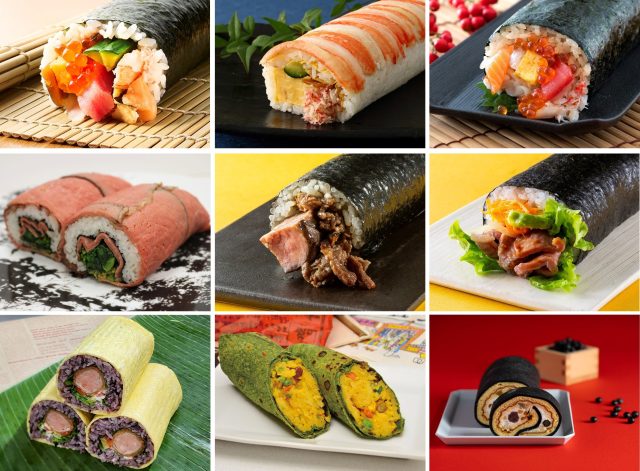
You name it, they got it rolled up in rice.
In Japan, 3 February marks the traditional Japanese holiday of Setsubun. It’s a holiday with many traditions, but my personal favorite has always been the fat sushi rolls known as ehomaki. However, unlike Setsubun, ehomaki as we know them today aren’t centuries old, only dating back a few decades depending on the part of Japan.
This gives businesses a lot of leeway with regards to how they want to make their ehomaki, with some taking the concept to such bastardizing extremes as eho-pizza and eho-subs. It’s often a beautiful thing too, as long as the core themes of “big” and “delicious” are respected.
This year, riders of JR East trains are in for a special treat served up by the railway’s Ecute chain of shopping centers inside some of their major stations.
Ehomaki purists, if there are any out there, would insist on a largely seafood-centric array of fillings, and Ecute certainly does not disappoint there. This shopping center is full of ehomaki vendors such as Tuskiji Uogashi with their Luxurious Seafood Ehomaki, which is fully loaded with chutoro tuna, snow crab, and so much more for 3,000 yen ($20) in a full-size roll.
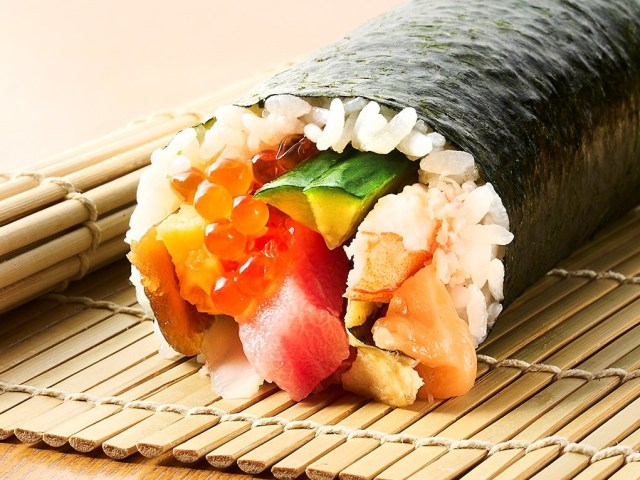
If that’s too steep, there’s also the Seven Joys Seafood Ehomaki from Sushi Rikizo for 1,790 yen ($12), which has eight types of seafood, despite its name, and some egg for good measure and a total of nine joys.
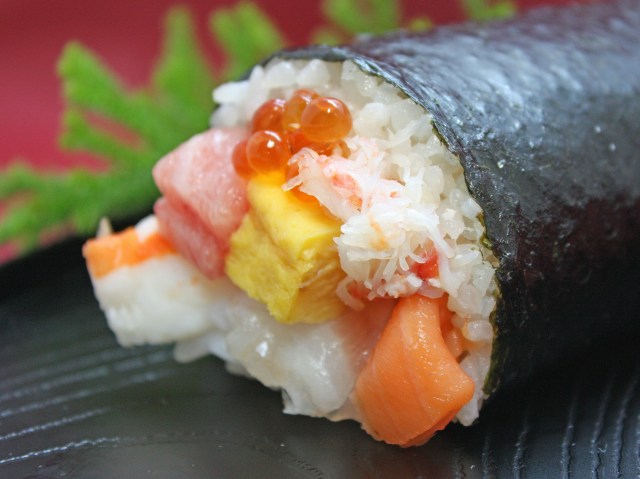
If quality over quantity is more your game, look no further than the Special Seafood Ehomaki with Oma Bluefin Tuna for 2,380 yen ($16) from Osakansho. Oma tuna is said to be among the finest with its perfect balance of fat achieved from swimming through the rough currents of the northern Tsugaru Straits.
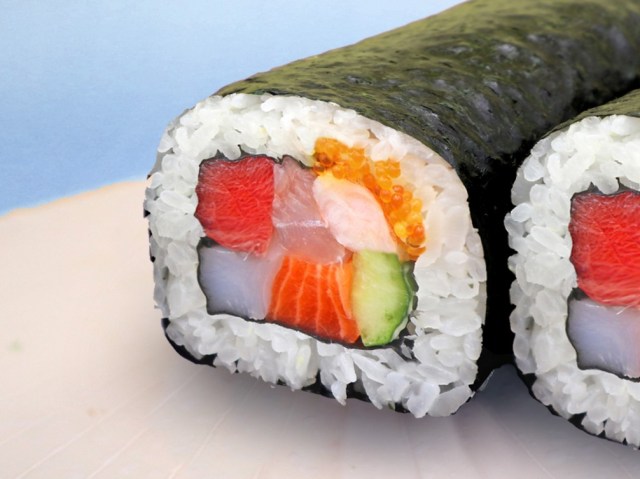
Crab lovers have a lot to celebrate too with the sale of Crab Ehomaki for 3,980 yen ($27) per full roll from Kani no Takumi Craclu. Not only is it stuffed with shredded snow crab, but the whole thing is rolled up in crab meat too. There’s also fried egg, cucumber, and kanpyo to give the texture a boost.

And if you think that crab roll is wild, we’re just getting started. Bar Marche Kodama is serving up Roast Beef Ehomaki for 1,620 yen ($11) with the titular meat inside and out.
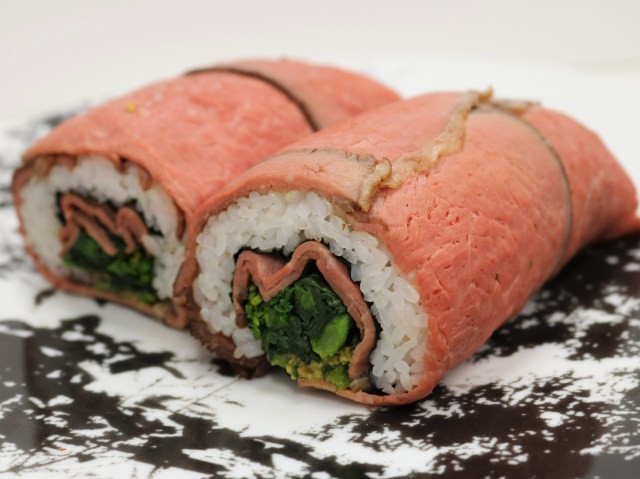
Not beefy enough? All right, how about a Black Japanese Steak & Yakiniku Two-Tone Roll from Niku Oroshi Kojima for 2,180 yen ($15)? This roll does away with the variety of other ehomaki and gives you steak with a side of barbecue.
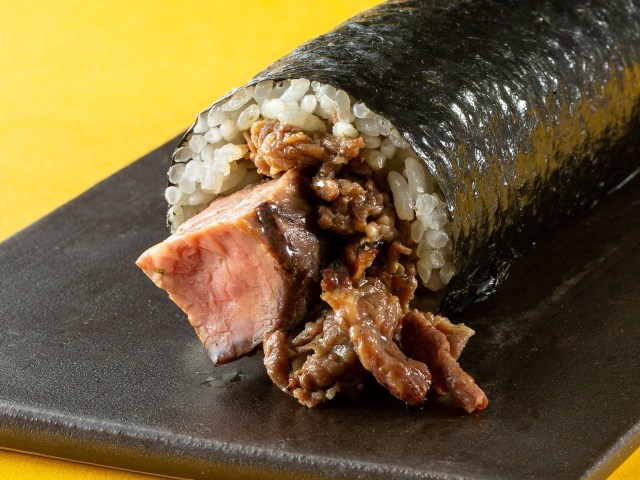
I’m getting a coronary just looking at that, so let’s lighten things up a bit with the Smoked Duck & Iburigakko Tartar Sauce Roll from Foods Stage Kitano Fore for 1,550 yen ($10). Iburigakko is a smoked and pickled daikon from Akita Prefecture, which in this case is added to the tartar sauce for extra texture and smokiness.
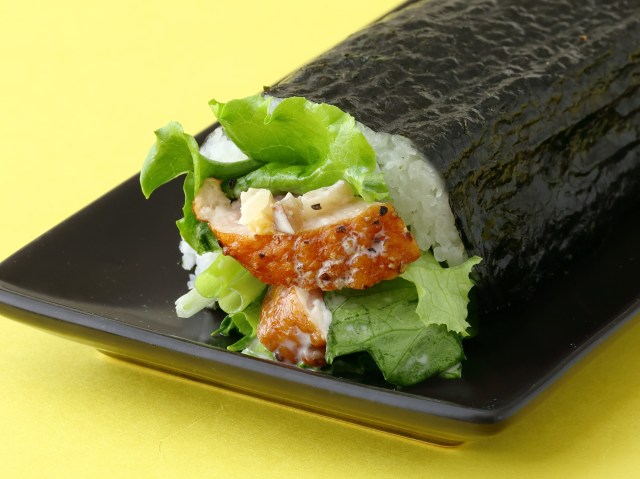
Ehomaki isn’t just for Japanese food anymore either. Asian restaurant Mr. Chicken is representing Thailand with the Thai Style Colorful Shrimp Katsu Ehomaki. At the center is spicy breaded shrimp meat covered in a sweet chili sauce and surrounded by the Thai superfood riceberry purple rice. Also, instead of seaweed, the whole thing is wrapped up in egg for 1,620 yen ($11) per full roll.
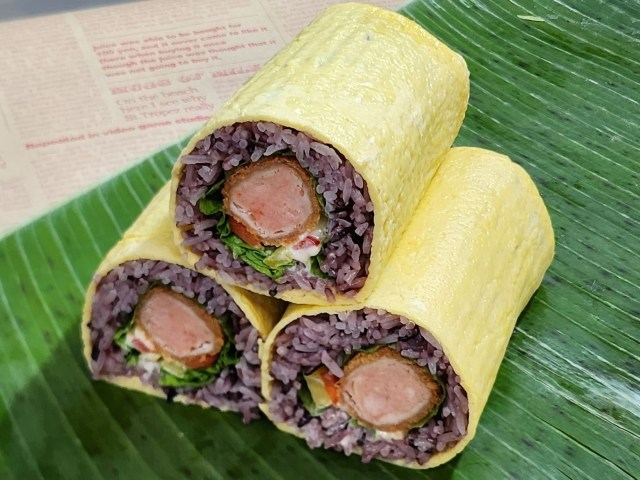
From Koutourou there’s the Ehomaki (Shrimp Mayo Maki), which fuses a Japanese sushi roll and the popular Chinese take on shrimp in mayonnaise sauce. For just 648 yen ($4) per full roll, it’s a steal.
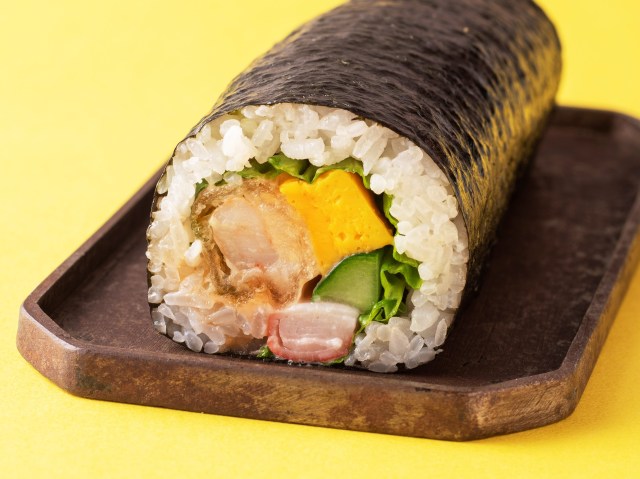
Journeying slightly to the west, we find the Indian Style Ehomaki Veggie from Sitaara Diner for 1,188 yen ($8). This is filled up with a vegetarian biryani and wrapped in a thin Rumali roti bread.
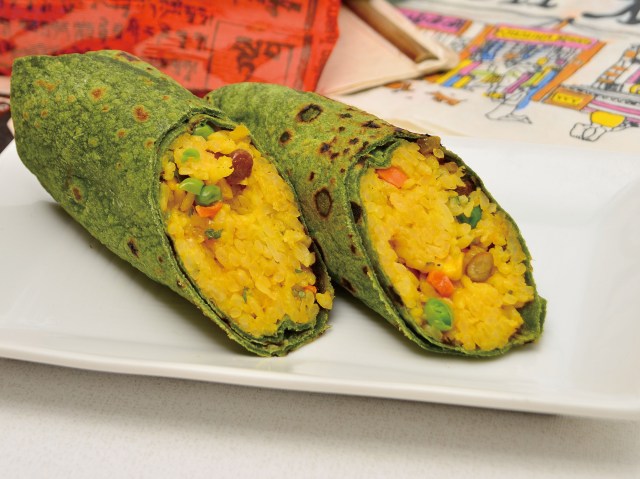
And no sushi collection is complete without some South Korean gimbap, represented here by the Cheese Ehomaki Gimbap from Bibim. In addition to some conventional ehomaki fillings, there’s a highly unconventional slice of cheddar cheese. It’s all wrapped up in that delicious Korean seaweed and served for 1,100 yen ($7).
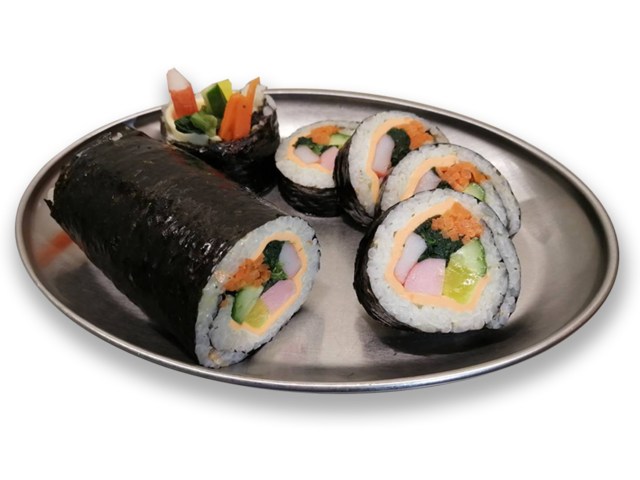
And even if you can’t or won’t eat sushi, Ecute has you covered with a wide variety of sweets based on ehomaki and other Setsubun icons like oni.
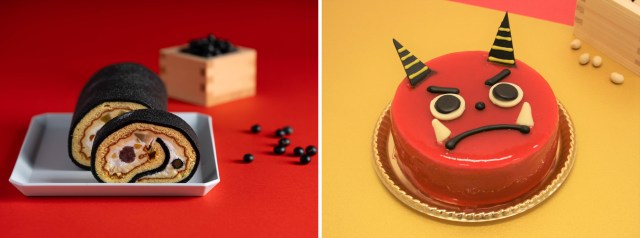
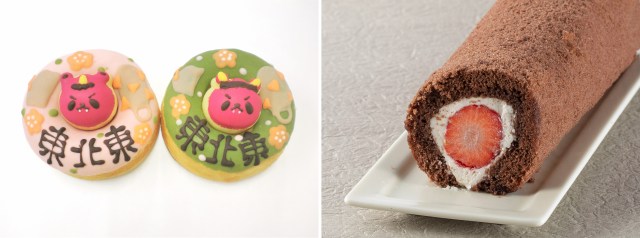
Needless to say, there’s a whole lot to enjoy at Ecute this Setsubun, but the real tragedy of this holiday is that most of it is only available for one or two days. Supplies are also limited and items can vary from location to location, so the best bet to securing your favorite is by reserving it on the JR East Mall website in advance.
Whatever you decide on, just remember to point it in this year’s lucky direction of east by northeast while eating it, and do not – I repeat do not – shove them in your friends’ mouths, no matter how tempted you may be to do so.
Source: JR East Mall, PR Times
Images: PR Times
● Want to hear about SoraNews24’s latest articles as soon as they’re published? Follow us on Facebook and Twitter!
Credit:

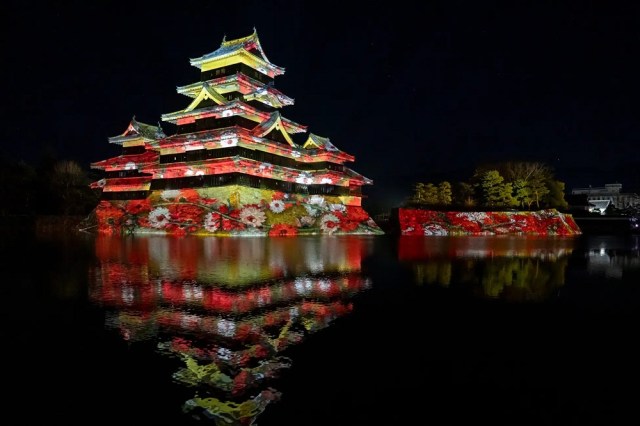
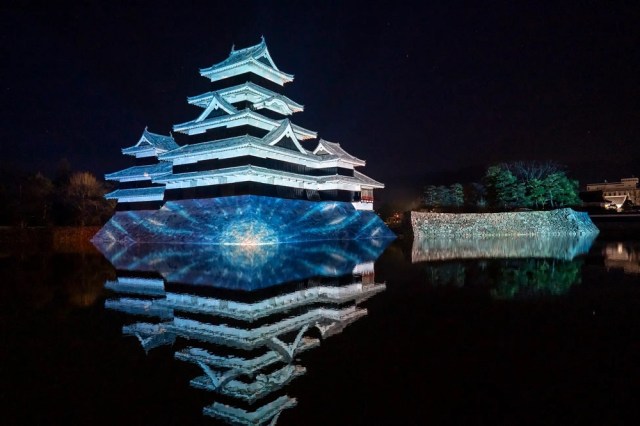
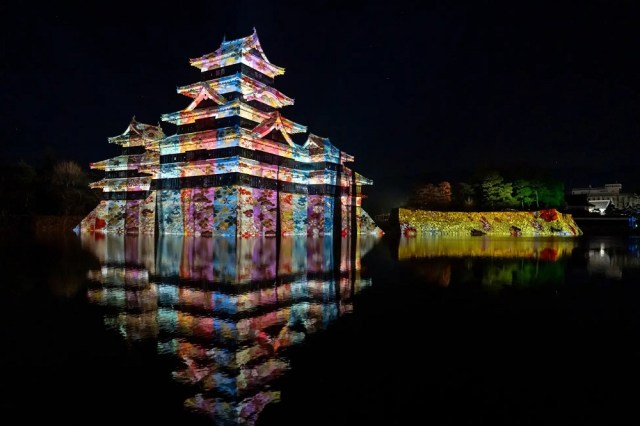

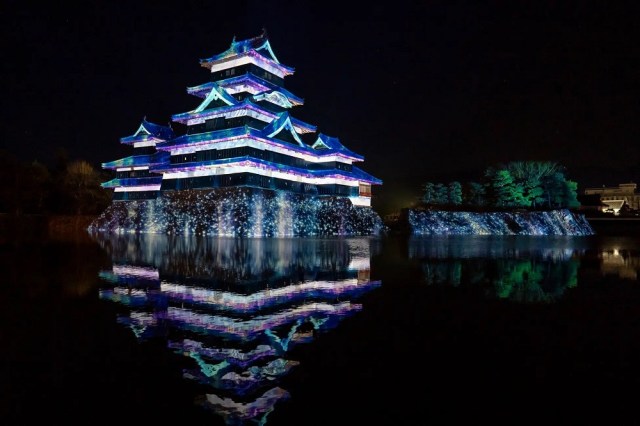
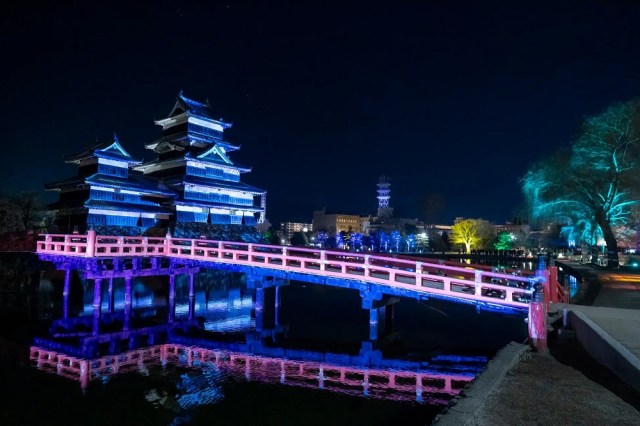
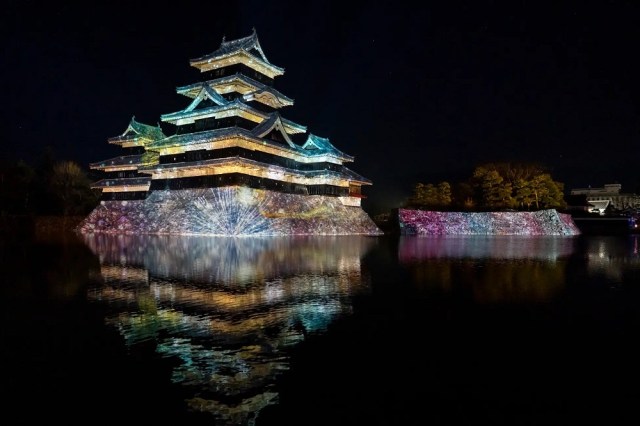
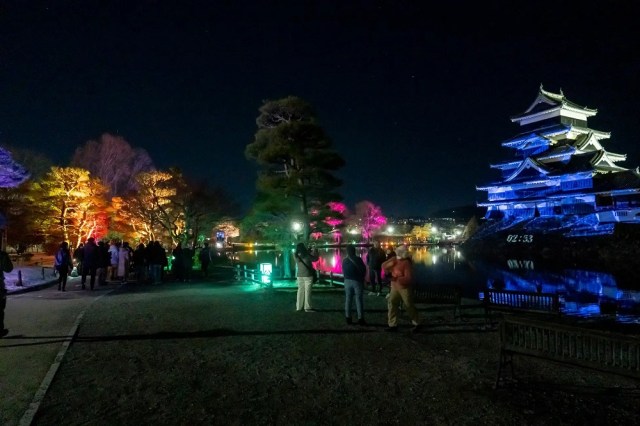

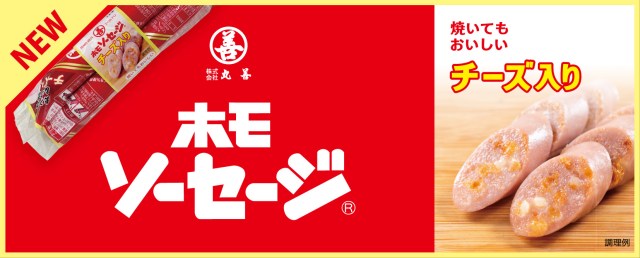

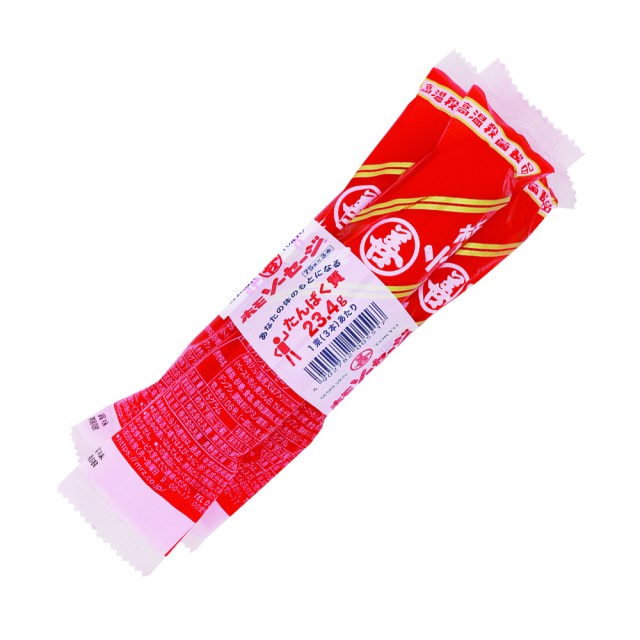
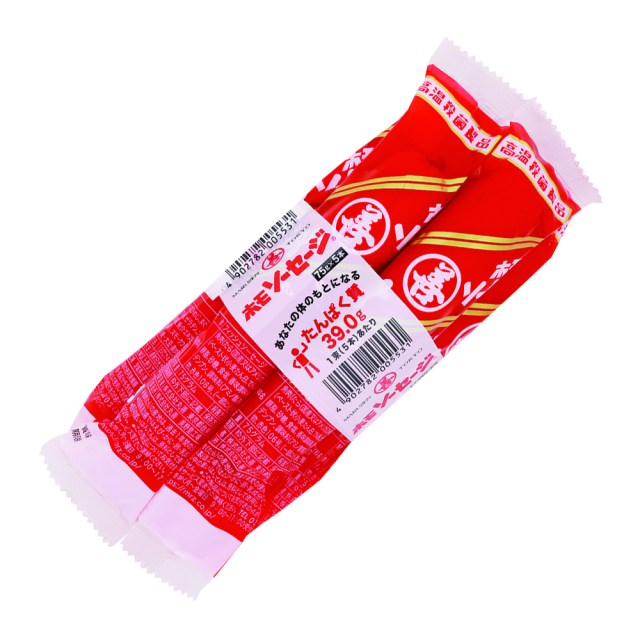
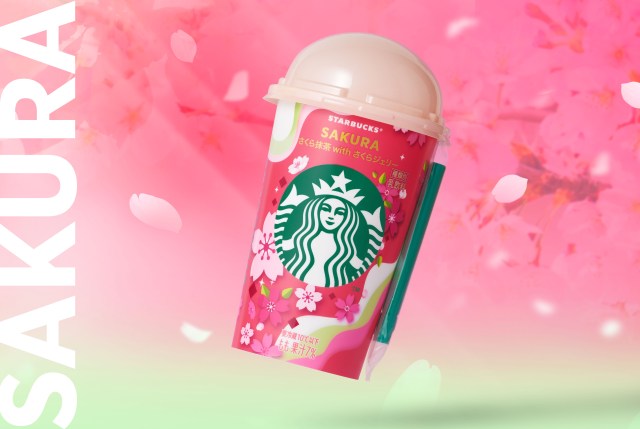

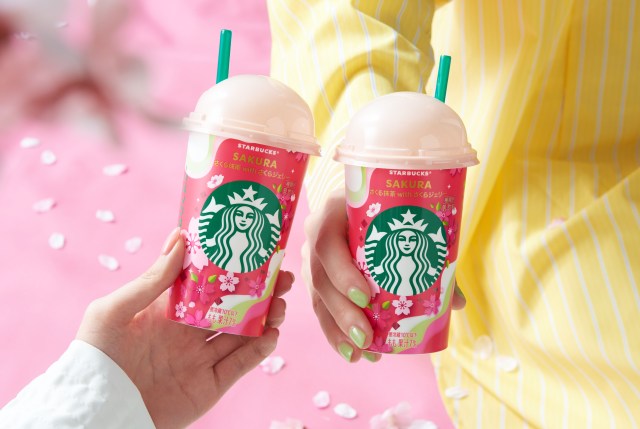
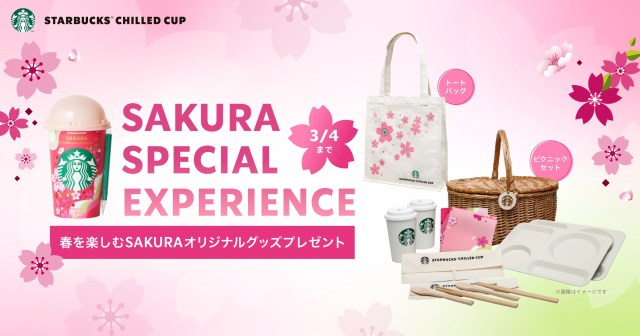


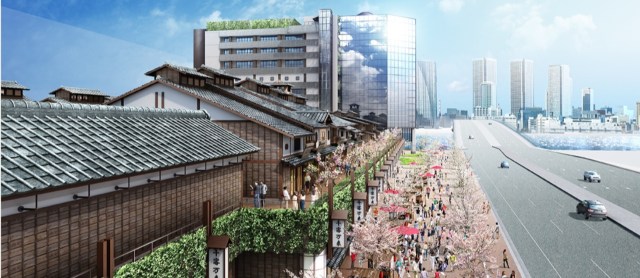
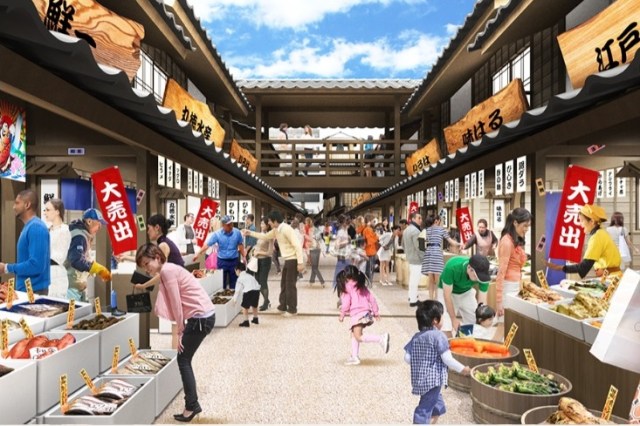
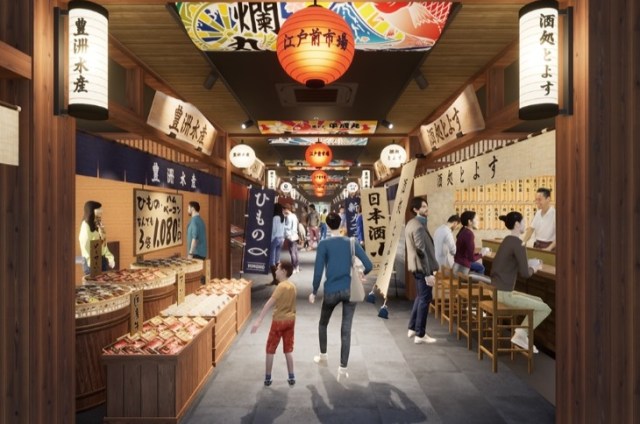

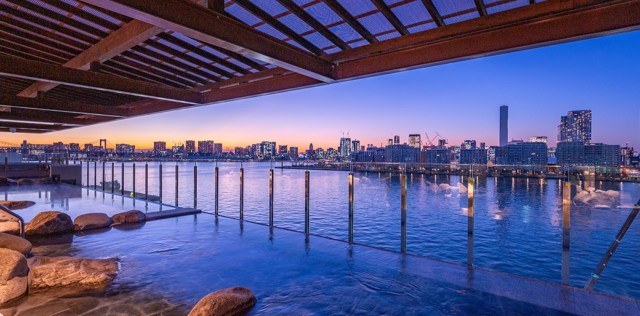
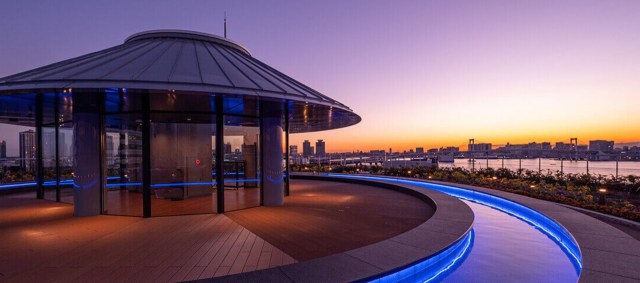

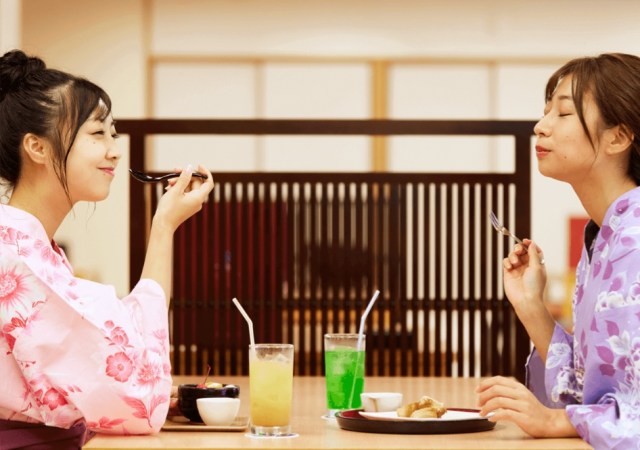


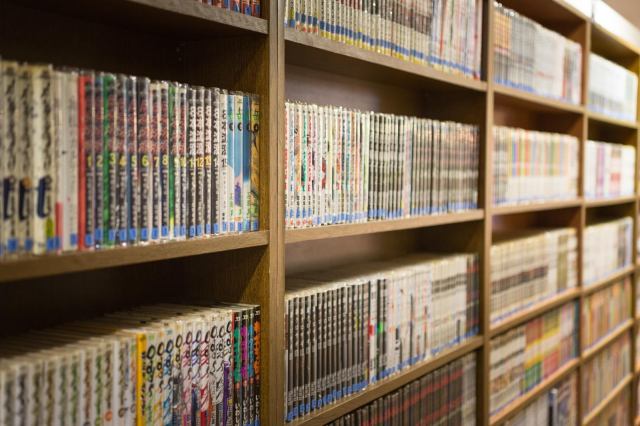
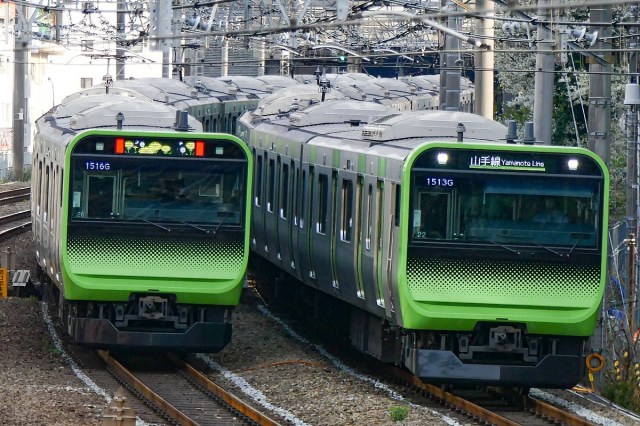
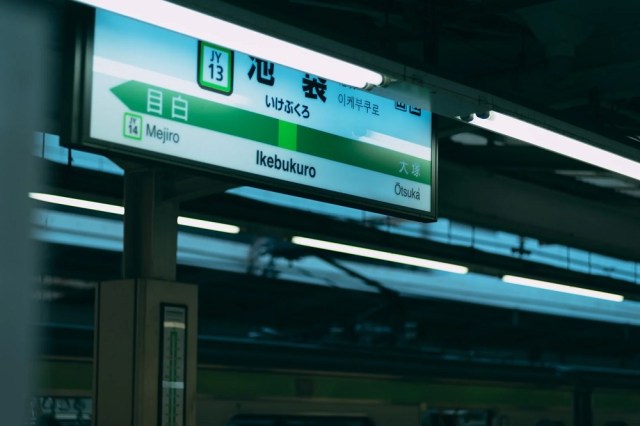
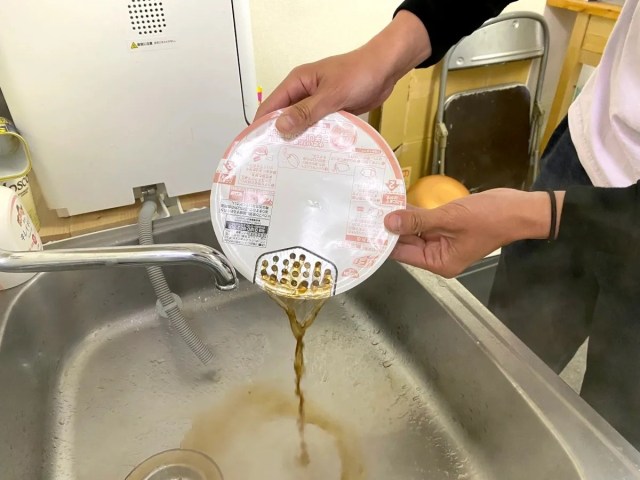
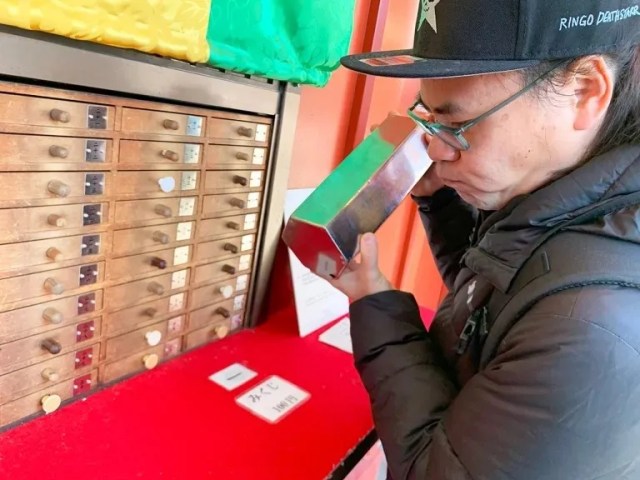
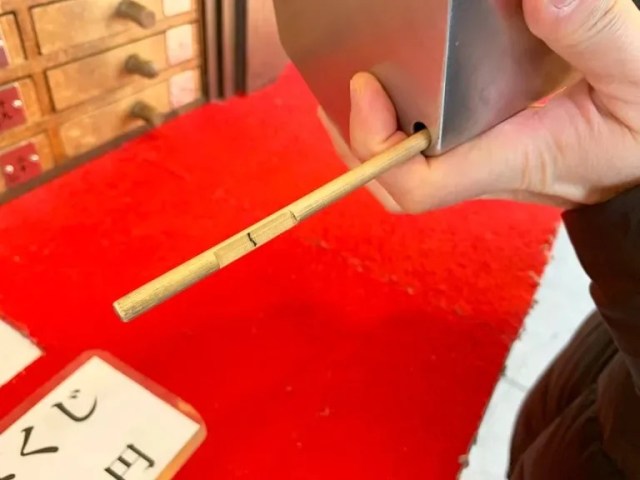
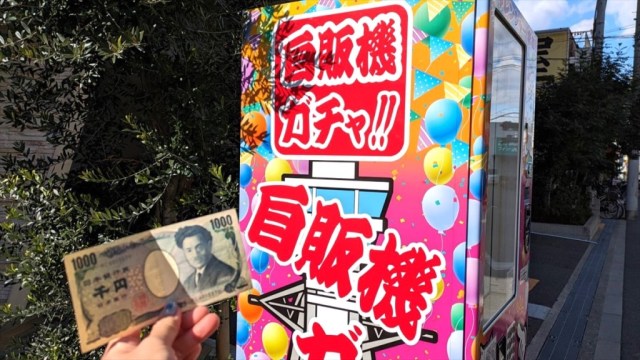
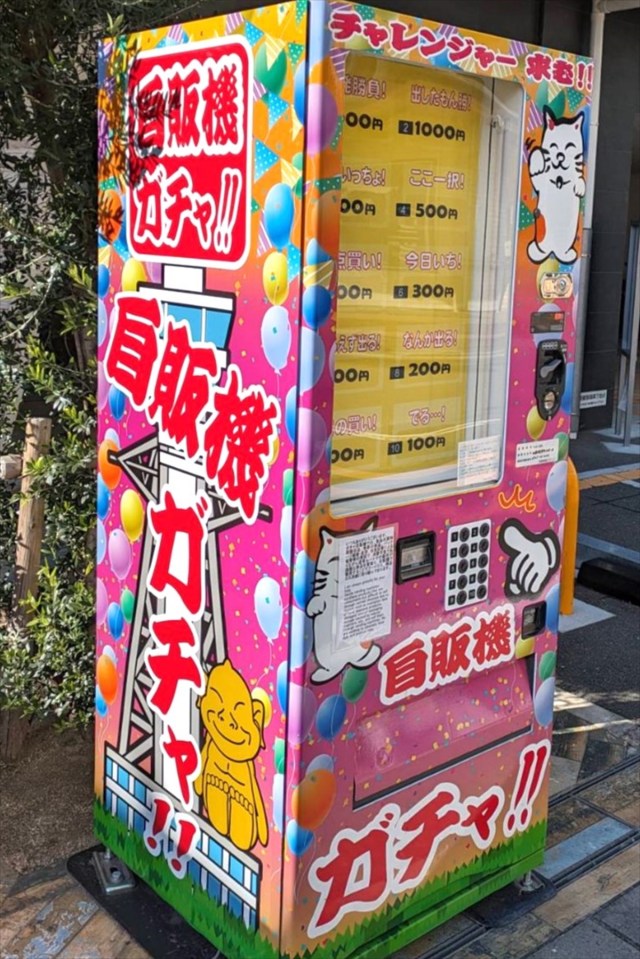
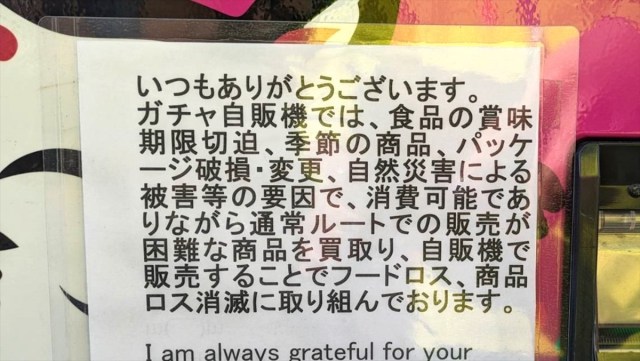
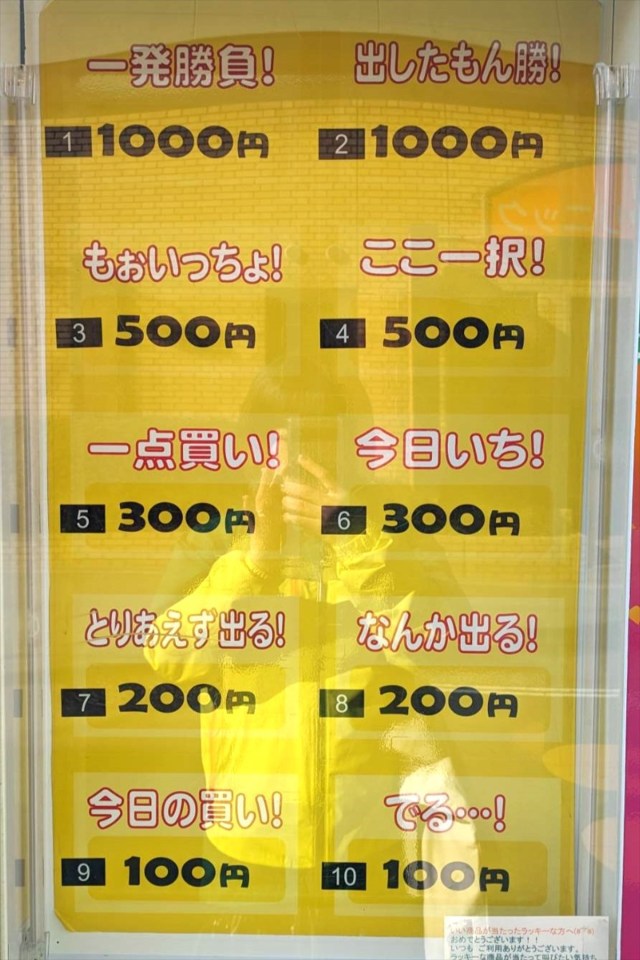
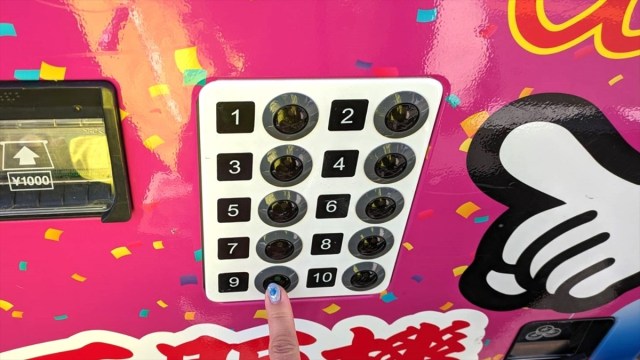
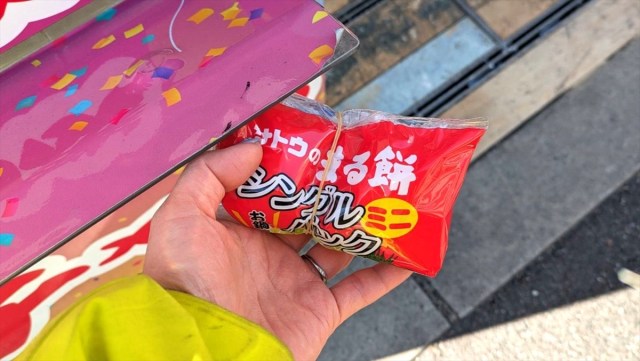
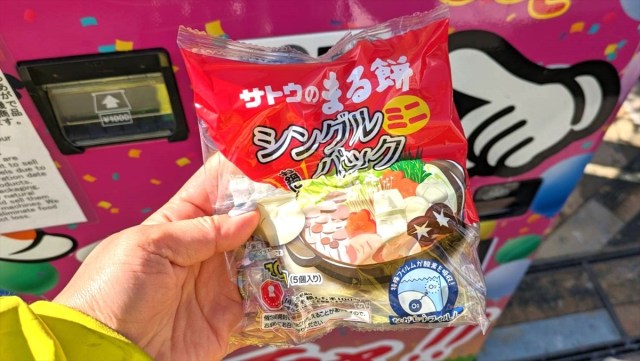
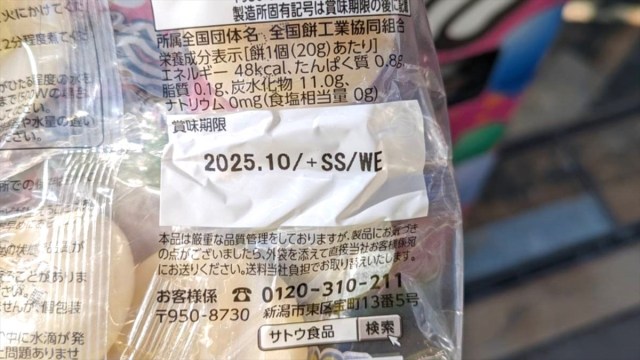
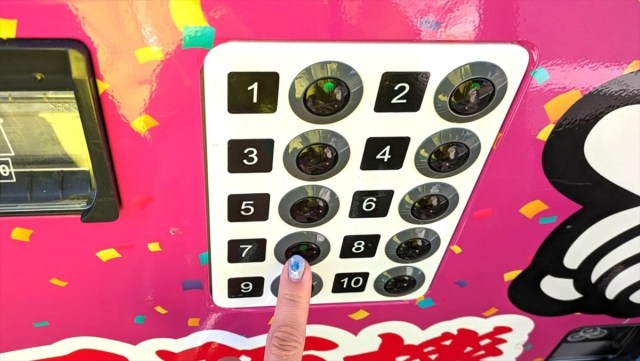
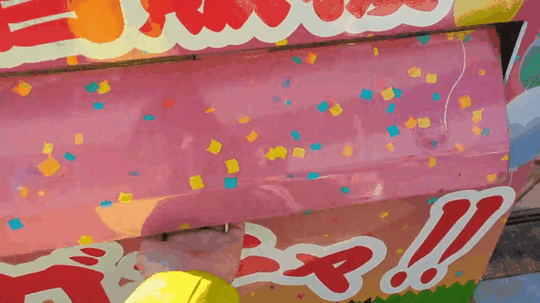
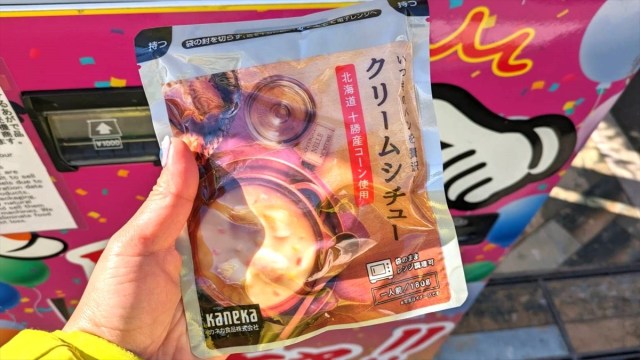
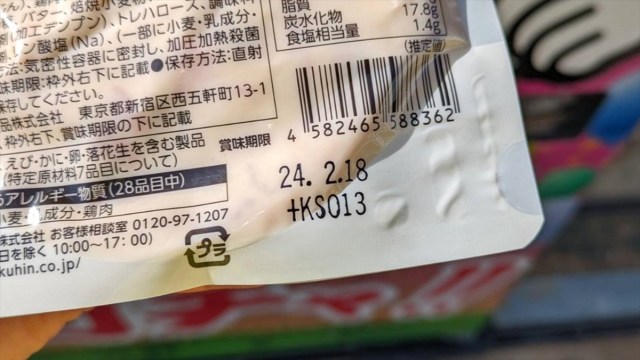
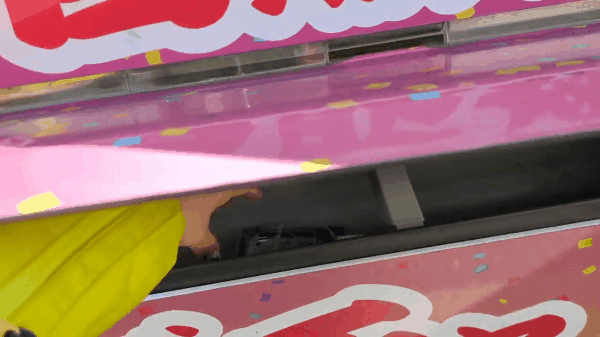
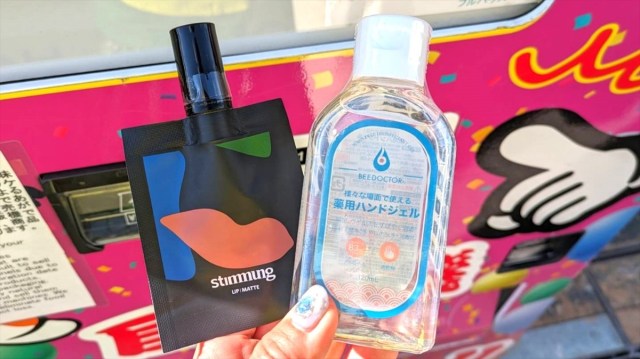
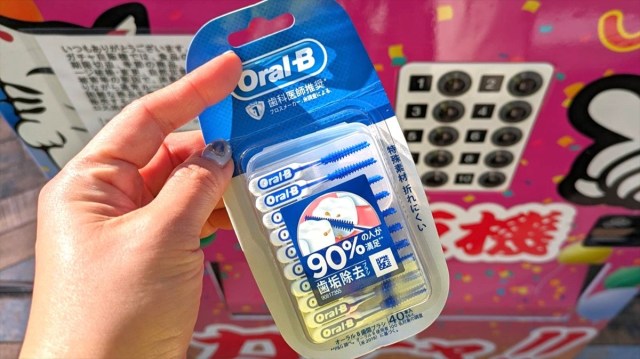
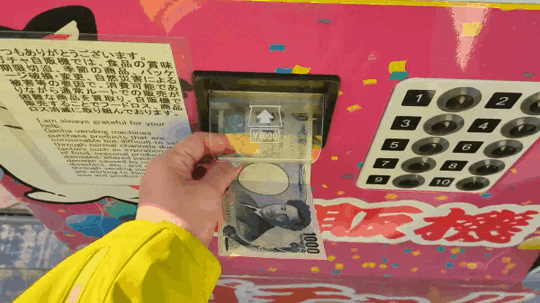
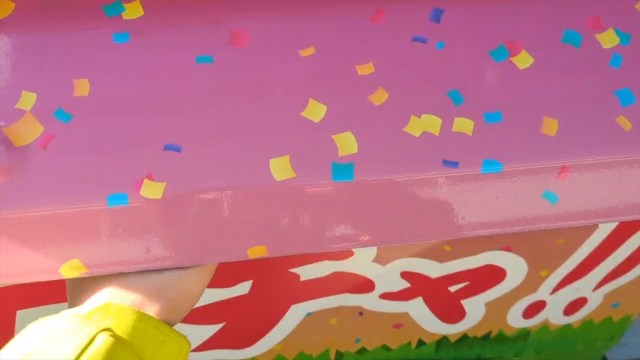
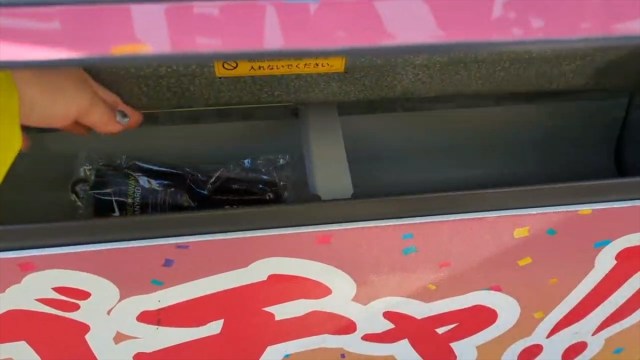
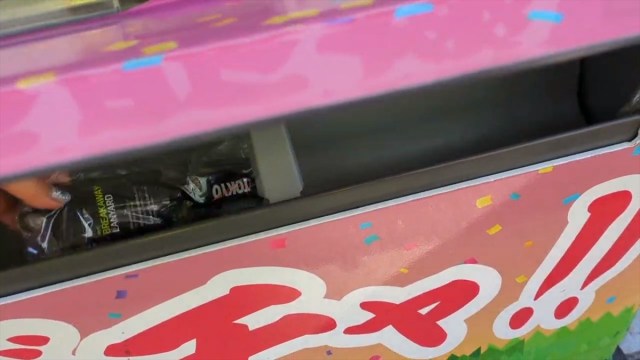
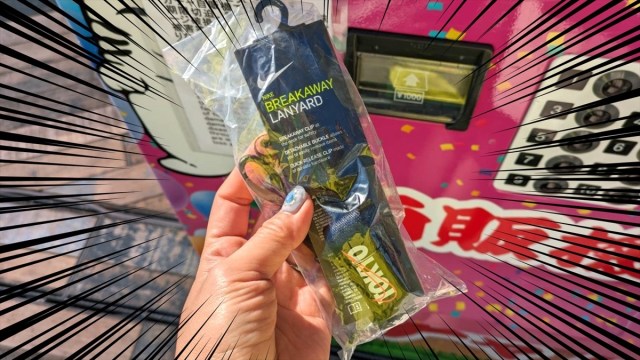
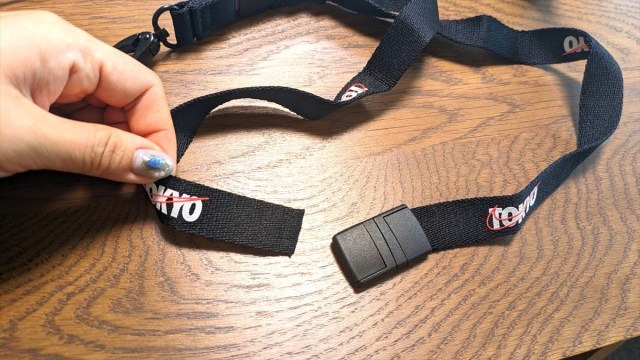

0 comments: